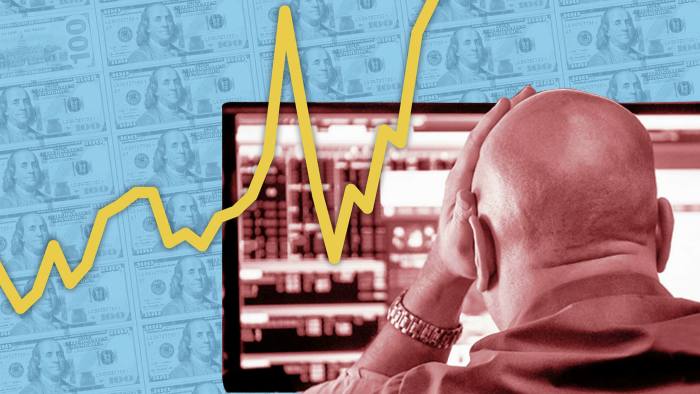
End of Libor stirs anger on Wall Street
JOHN DIZARD , 24 April 2021
 Ending the use of dollar Libor, the scandal-tinged benchmark bank funding rate, was always going to be problematic. Some Libor traders went to jail for collusion and self-enrichment. The Fed and its fellow regulators put together a public-private committee on Libor replacement big enough to swamp a ferry boat.
Ending the use of dollar Libor, the scandal-tinged benchmark bank funding rate, was always going to be problematic. Some Libor traders went to jail for collusion and self-enrichment. The Fed and its fellow regulators put together a public-private committee on Libor replacement big enough to swamp a ferry boat.
That hasn’t entirely worked. The use of Libor as a base rate for funding costs is bigger than ever — around $225tn of derivatives, consumer loans, corporate loans and cash investments. Nevertheless, the use of Libor is supposed to end, mostly, on December 31 for some Libor rates and by mid-2023 for those remaining.
The process of finding practical ways to replace it have led to increasingly audible shouting and blame trading between the major dealing banks and the Fed, along with the central bank’s entourage of agencies, academics, policy wonks and whisperers.
The major point of argument is the Fed’s ambition for the banks to adopt Sofr, a “secured overnight funding rate” intended to represent the cost of very short term borrowing using US government debt as collateral. The mechanics of using Sofr to replace Libor have been the object of fiddling by the officially blessed Alternative Reference Rates Committee since 2014.
As with so many public private partnerships, the ARRC began with grim co-operation and is now an object of revulsion for some key members.
For some, Sofr may have pristine collateral and governance, but does not reflect the real world of trying to price future interest rates and possible credit losses or systemic risk.

